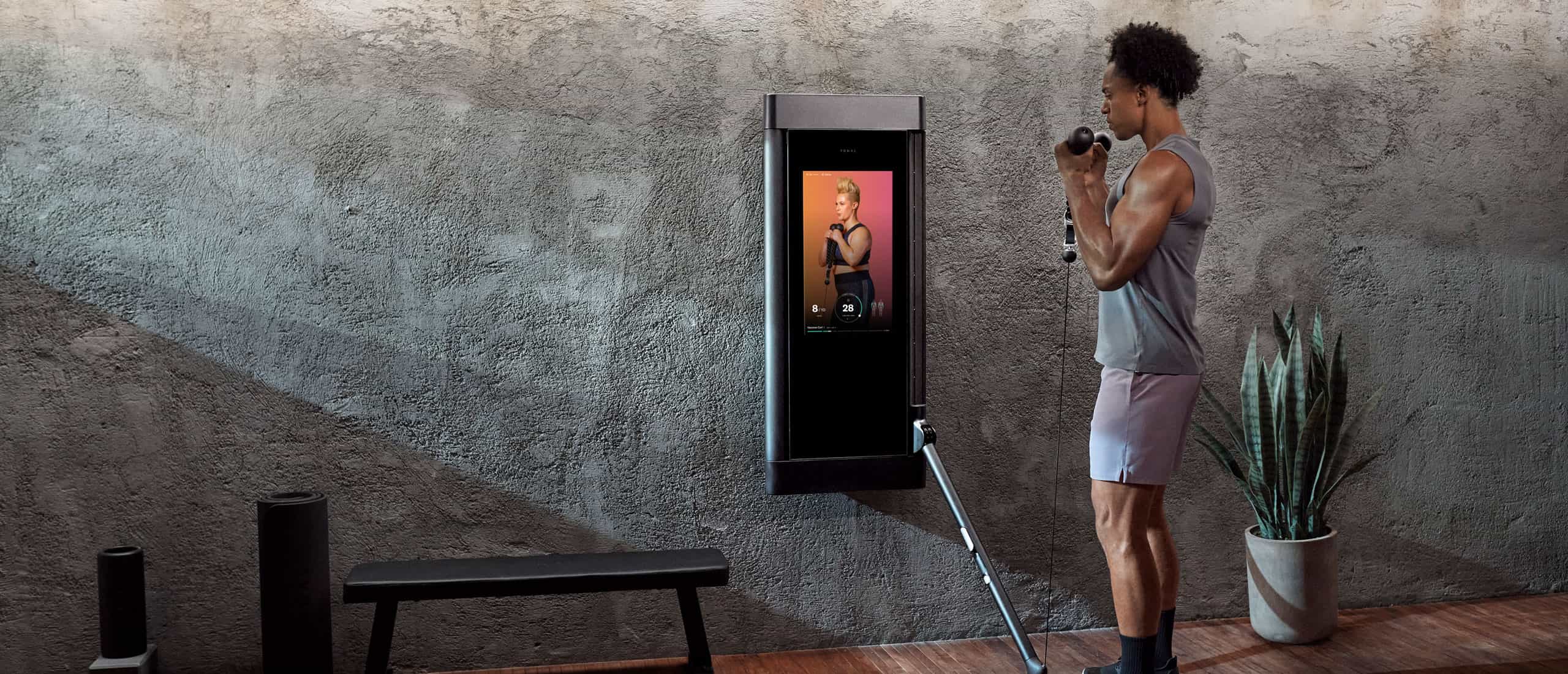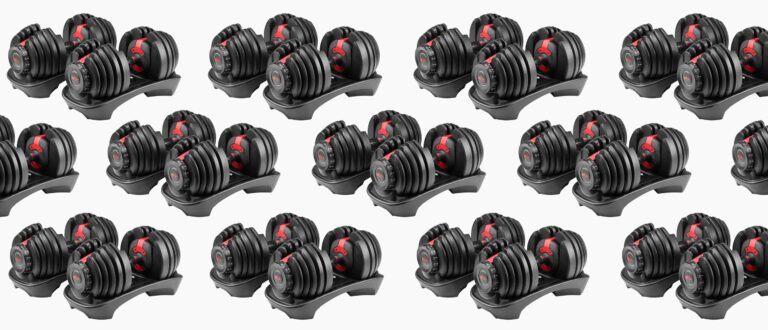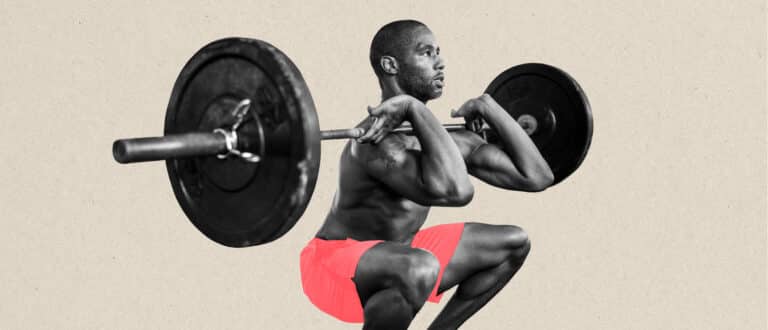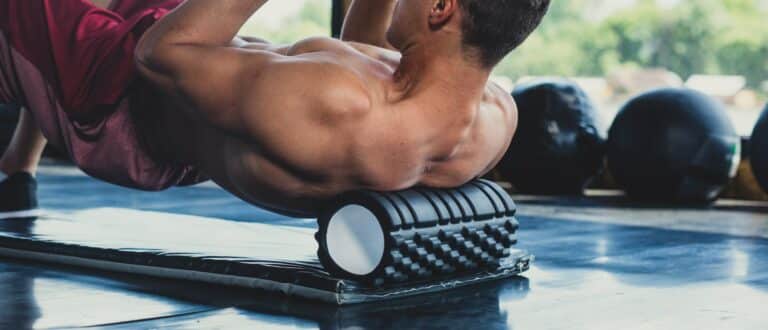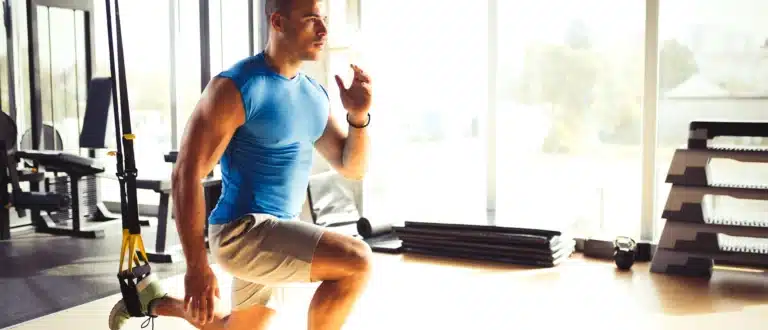The 10 Best At-Home Weight Systems—From Tonal to Bowflex
- By Reegan von Wildenradt
- & Will Price
- August 19, 2022
There are plenty of perks to building an at-home gym. Not only is it great for saving time and money, but it allows you to build a workout space that includes everything you love about the gym—and cut out everything you don’t (like the guy who never wipes his sweat off of anything). And while it can be rewarding to build a gym with several different pieces of equipment (we’re big fans of adjustable dumbbells), there’s something extra convenient about making one big purchase to satisfy all of your workout needs. And for that, we present to you this list of our ten favorite workout machines—from home gym systems with AI technology to classic heavy cable machines to a home gym that easily fits inside a suitcase, we’ve got an option for your fitness, budget, and space needs.
Is There a “Best” Home Gym Machine?
No, but there may be a “best for what you need” home gym machine. The best option for you will be the one that best addresses your needs. First, identify what key features you want in a home gym machine. Doing so will narrow down the list significantly.
What to Consider for in a Gym Machine
Virtual classes
The presence or absence of a virtual trainers, classes, and group exercises are relatively new features to consider when shopping for an all-in-one home fitness setup. With very few exceptions, these service-driven gym machines are more expensive than the traditional multi-gym setups that typically take the shape of combo Smith machines or cable crossovers.
Real estate
How much space do you have? Smith machines and cable crossover setup eat up significant chunks of space. This Marcy brand version is roughly 8 feet by 5 feet when assembled, and you can add at least another foot onto those measurements to guarantee safe clearance.
Newer products like Tonal, Mirror, and Tempo are more mindful of the footprint in a home, but, as mentioned earlier, you do pay for it.
Wall sturdiness
Not all, but some machines require fastening to or leaning up against a wall. There’s not anything inherently wrong with this, but it does increase risk of damage. Consider padding on the wall behind your machine, and make sure the wall you intend to use is in good condition before putting it under stress.
Upfront cost vs. cost over time
Subscription-based machines have become commonplace with the rise of virtual class-driven products. You pay for the product, then you pay for what the product does. It’s necessary to fold the upfront cost of the product in with the monthly cost of the product’s subscription service. You can use most of the subscription-minded products without a subscription, but it’s a bit like getting a Peloton and not the screen that comes with it.
Also, it’s worth mentioning the inherent risk with investing in fundamentally tech-driven fitness gear: if the people behind the tech fall, so does your machine. This could take the form of slow updates, updates that don’t work, or the company going kaput.
The Best Weight Machines on the Market



